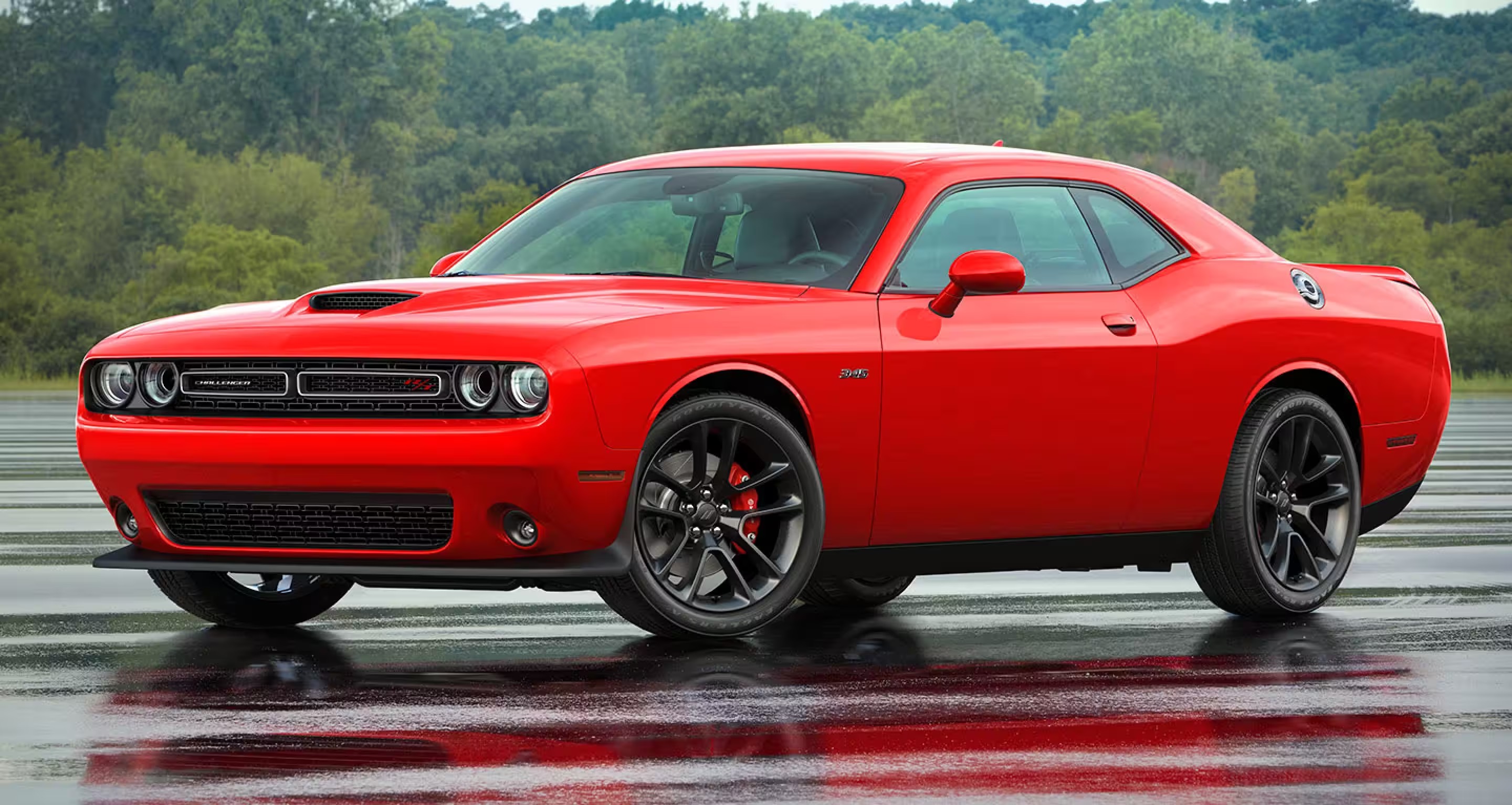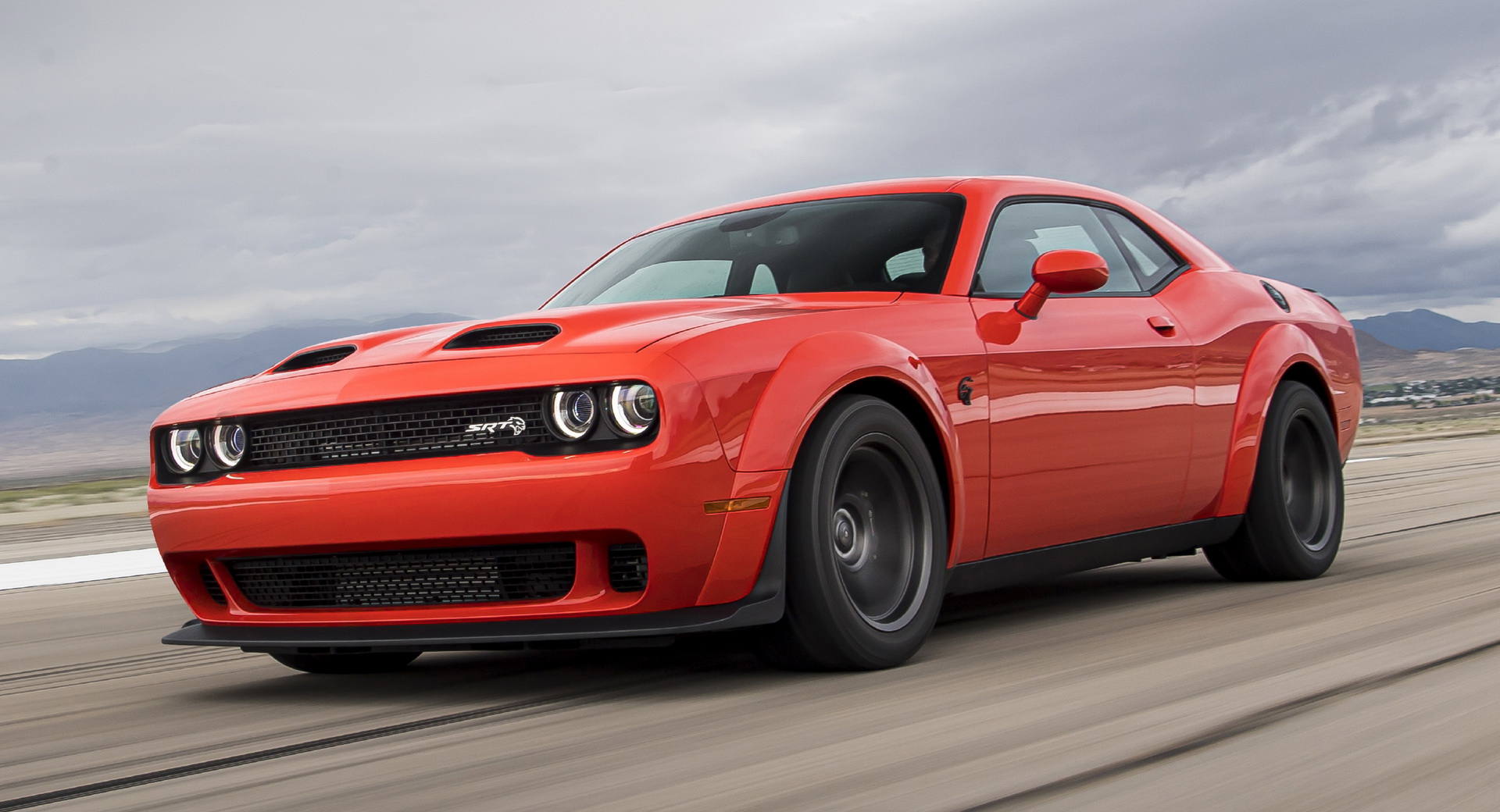Dodge 3500 Trucks For Sale Diesel Used: A Comprehensive Buyer’s Guide pickup.truckstrend.com
The open road calls, the heavy loads beckon, and for many, only one vehicle can answer with true authority: a heavy-duty pickup truck. Among the titans of this segment, the Dodge 3500 (now Ram 3500) stands as a formidable contender, especially when equipped with its legendary Cummins diesel engine. For those seeking immense towing and hauling capabilities without the new truck price tag, "Dodge 3500 Trucks For Sale Diesel Used" represents a highly attractive proposition. This article serves as your ultimate guide, dissecting the benefits, considerations, and practicalities of purchasing one of these robust workhorses on the pre-owned market.
Why Choose a Used Dodge 3500 Diesel?
Dodge 3500 Trucks For Sale Diesel Used: A Comprehensive Buyer’s Guide
Opting for a used Dodge 3500 diesel isn’t just about saving money; it’s about investing in proven power and durability. These trucks are designed for demanding tasks, from pulling fifth-wheel RVs and gooseneck trailers to transporting heavy equipment or serving as reliable farm vehicles.
Key Benefits Include:
- Cost-Effectiveness: The most obvious advantage. Used trucks depreciate slower than new ones, allowing you to acquire a highly capable vehicle at a significantly lower price point.
- Legendary Cummins Engine: The cornerstone of the 3500’s reputation. The Cummins turbodiesel engine is renowned for its longevity, reliability, and immense torque output, often lasting hundreds of thousands of miles with proper maintenance.
- Exceptional Towing & Hauling: With capacities often exceeding 30,000 pounds for towing and several thousand pounds for payload, the 3500 diesel is built for serious work.
- Strong Resale Value: Due to their robust nature and the demand for diesel power, these trucks tend to hold their value well, making them a sound long-term investment.
- Abundant Aftermarket Support: A vast array of parts, accessories, and performance upgrades are available, allowing owners to customize, repair, or enhance their trucks with ease.

Understanding the Generations and Cummins Engines
The Dodge (and later Ram) 3500 has evolved significantly over the years, with distinct generations offering different features, styling, and engine iterations. Understanding these can help narrow down your search.
- Second Generation (1994-2002): Known for its iconic "big rig" styling. Primarily featured the 5.9L 12-valve (up to 1998.5) and 24-valve Cummins diesel engines. The 12-valve is prized for its mechanical simplicity and durability, while the 24-valve introduced electronic injection.
- Third Generation (2003-2009): A complete redesign with a more modern look and improved interiors. Continued with the 5.9L Cummins until mid-2007, when the 6.7L Cummins was introduced to meet stricter emissions standards. The 5.9L is often sought after for its simpler emissions system (or lack thereof on older models).
- Fourth Generation (2010-2018): Ram Trucks became its own brand, separating from Dodge. These trucks feature a more refined ride, improved interiors, and continued advancements in the 6.7L Cummins engine, offering higher horsepower and torque figures. They also introduced more sophisticated transmission options like the Aisin automatic.
- Fifth Generation (2019-Present): The latest iteration boasts a completely redesigned exterior and interior, offering even greater luxury, technology, and towing capacities. While newer, some early models are starting to appear on the used market.

The Cummins Diesel Engine:
The heart of these trucks is the Cummins B-series engine.
- 5.9L Cummins: Found in 2nd and 3rd generation trucks. Highly regarded for its mechanical robustness and straightforward design. It’s often easier to maintain and modify.
- 6.7L Cummins: Introduced in mid-2007, this engine features a larger displacement and advanced emissions equipment (EGR, DPF, DEF in later models). While powerful, these systems can sometimes be sources of maintenance concerns, especially if not properly cared for.
Transmissions:
You’ll typically find manual transmissions (e.g., NV4500, NV5600, G56) and various automatic transmissions (e.g., 47RH, 47RE, 48RE, 68RFE, Aisin AS69RC). Each has its strengths and weaknesses regarding durability and shift quality.
What to Look For When Buying a Used Dodge 3500 Diesel
A thorough inspection is paramount when purchasing a used heavy-duty truck. Don’t rush the process.
-
Pre-Purchase Inspection (PPI): This is non-negotiable. Have a trusted mechanic specializing in diesel trucks inspect the vehicle before purchase. They can identify issues you might miss.
-
Engine (Cummins Specifics):
- Leaks: Check for oil, fuel, and coolant leaks around the engine, turbo, and fuel lines.
- Blow-by: Remove the oil fill cap while the engine is running. Excessive smoke/pressure indicates worn piston rings.
- Cold Start: Listen for excessive smoke (blue/white/black) and unusual noises (knocking, ticking).
- Turbocharger: Listen for excessive whine or grinding. Check for shaft play by trying to move the compressor wheel (with the engine off).
- Fuel System: Check for a healthy lift pump (especially on 5.9L) and listen for injector knock.
- Maintenance Records: Crucial for understanding the truck’s history. Look for regular oil changes (using correct diesel oil), fuel filter replacements, and coolant flushes.
-
Transmission:
- Fluid Condition: Check the color and smell of the transmission fluid (should be reddish, not dark or burnt-smelling).
- Shifting: Test drive and feel for smooth, firm shifts without slipping or harshness.
- Engagement: Ensure reverse and drive engage promptly.
-
Drivetrain:
- Differentials: Check for leaks and listen for whining noises during the test drive.
- Driveshafts/U-Joints: Look for rust or play in the U-joints.
- 4×4 System: Engage 4-wheel drive high and low to ensure it works properly.
-
Suspension & Steering:
- Front End: Dodge/Ram heavy-duty trucks are known for front-end wear. Check ball joints, tie rods, track bar, and steering box for excessive play.
- Shocks & Springs: Look for leaks on shocks and sagging or broken leaf springs.
- Tires: Even wear indicates proper alignment; uneven wear suggests suspension or steering issues.
-
Brakes: Check pad thickness, rotor condition, and brake fluid level. Test for firm pedal feel.
-
Frame & Body:
- Rust: Inspect the frame, cab corners, rocker panels, and wheel wells, especially in regions that use road salt.
- Accident Damage: Look for misaligned body panels, inconsistent paint, or evidence of major repairs. A CarFax/AutoCheck report is essential.
-
Interior & Electronics: Test all lights, gauges, HVAC, power windows/locks, and infotainment systems. Check for excessive wear on seats and dashboard.
-
Mileage: While a well-maintained Cummins can last for 500,000+ miles, lower mileage generally means less wear and tear on other components. Prioritize maintenance history over just mileage.
Common Issues and Solutions
Even robust trucks like the Dodge 3500 diesel can have common weaknesses. Being aware of these can help with your inspection and future maintenance.
- 5.9L Cummins Specifics:
- Lift Pump Failure: The stock lift pump (supplies fuel to the injection pump) can be a weak point. Upgraded aftermarket pumps are common solutions.
- Killer Dowel Pin (KDP): (Older 12-valve models) A dowel pin can back out and fall into the timing gears, causing catastrophic engine damage. Many trucks have already had this "fixed."
- 6.7L Cummins Specifics:
- Emissions System Issues (EGR/DPF): These systems, while necessary for compliance, can become clogged or fail, leading to reduced power and check engine lights. Maintenance and occasional replacement are often required. Note: Deleting these systems is illegal for street-driven vehicles in most regions.
- Turbocharger VGT Actuator: The variable geometry turbo (VGT) actuator can fail, leading to turbo issues.
- Transmissions:
- Automatic Transmissions (especially earlier models like 48RE): Torque converter shudder, hard shifts, or solenoid failures are possible. Upgraded components are available for heavy use.
- Front End Wear: As mentioned, ball joints, tie rods, and steering components are common wear items due to the heavy diesel engine and often larger tires. Regular inspection and replacement are part of ownership.
- Rust: Bed rust, particularly around the wheel wells and under the bed, is common in areas with road salt. Frame rust can also be a concern.
Solutions: Proactive maintenance is key. Address issues promptly. Many common problems have well-known aftermarket solutions that can improve durability beyond stock.
Where to Find and How to Negotiate
Finding your ideal used Dodge 3500 diesel requires a strategic approach.
-
Sources:
- Used Car Dealerships: Offer financing, warranties (sometimes), and a more streamlined buying process. Look for dealerships specializing in heavy-duty trucks.
- Private Sellers (Online Marketplaces): Websites like Craigslist, Facebook Marketplace, AutoTrader, and specialized truck forums often list trucks directly from owners. This can yield better prices but requires more due diligence.
- Auctions: Government surplus, repossessions, or dealer auctions can offer competitive prices, but buying sight-unseen or without a thorough inspection is risky.
-
Negotiation Tips:
- Know the Market: Research comparable trucks (year, mileage, condition, trim) to establish a fair price range.
- Highlight Flaws: Use any identified issues from your inspection as leverage for a lower price.
- Be Prepared to Walk Away: Don’t get emotionally attached. There will always be another truck.
- Have Cash or Financing Ready: A pre-approved loan or cash in hand gives you stronger negotiating power.
- Ask for Service Records: If available, these add significant value and confidence.
Post-Purchase Tips for Ownership
Once you’ve found your Dodge 3500 diesel, a few steps will ensure its continued reliability.
- Immediate Maintenance: Even with good records, consider changing all fluids (engine oil, transmission, differentials, coolant) and filters (oil, fuel, air) as a baseline.
- Regular Maintenance Schedule: Adhere strictly to the manufacturer’s recommended service intervals for your specific engine and transmission. Diesel engines require specific maintenance routines.
- Monitor Gauges: Pay attention to oil pressure, coolant temperature, and transmission temperature, especially when towing.
- Understand Your Engine: Familiarize yourself with the specific quirks and maintenance needs of your Cummins engine (5.9L or 6.7L).
- Consider Upgrades (Wisely): If planning to heavily tow or modify, research aftermarket upgrades for suspension, braking, and cooling. Be aware of legal implications for emissions modifications.
Estimated Price Guide for Used Dodge 3500 Diesel Trucks
Prices for used Dodge 3500 diesel trucks vary significantly based on year, mileage, condition, trim level, and region. This table provides a general estimate.
| Year Range | Engine Type | Mileage Range (approx.) | Condition | Estimated Price Range (USD) | Key Considerations |
|---|---|---|---|---|---|
| 1994-2002 | 5.9L Cummins | 150,000 – 300,000+ | Fair – Good | $8,000 – $18,000 | Look for KDP fix, lift pump, rust. Simpler electronics. |
| 2003-2007 (5.9L) | 5.9L Cummins | 120,000 – 250,000+ | Good – Very Good | $15,000 – $28,000 | Popular for lack of DPF/EGR. Check transmission. |
| 2007.5-2009 (6.7L) | 6.7L Cummins | 100,000 – 200,000 | Good – Very Good | $18,000 – $30,000 | Early 6.7L with DPF/EGR. Check for emissions issues. |
| 2010-2012 | 6.7L Cummins | 90,000 – 180,000 | Good – Excellent | $25,000 – $38,000 | Refined ride, stronger frames. Still DPF/EGR. |
| 2013-2018 | 6.7L Cummins | 60,000 – 150,000 | Very Good – Excellent | $35,000 – $55,000+ | Higher power, Aisin transmission options, improved interiors. |
| 2019-Present | 6.7L Cummins | 20,000 – 80,000 | Excellent – Like New | $50,000 – $75,000+ | Latest tech, highest capabilities, but still new for some. |
Note: These are estimates. Prices can fluctuate based on specific trim (Laramie, Longhorn, etc.), 4×4 vs. 2WD, dually vs. single rear wheel, maintenance history, and local market demand.
Frequently Asked Questions (FAQ)
Q: Is high mileage a concern for a Cummins diesel engine?
A: Not necessarily. Cummins engines are designed for high mileage. A well-maintained Cummins with 200,000+ miles can be a better buy than a lower-mileage truck with no maintenance history. Focus on records and a thorough inspection.
Q: What’s the main difference between the 5.9L and 6.7L Cummins?
A: The 5.9L is simpler, mechanically injected (older models), and generally has fewer emissions components. The 6.7L is larger, electronically controlled, and uses advanced emissions systems (EGR, DPF, DEF in later models) to meet modern standards, which can add complexity and potential maintenance points.
Q: Should I get a manual or automatic transmission?
A: It depends on preference. Manuals (like the G56) offer more driver engagement and can be very durable but may have lower towing ratings than the strongest automatics (like the Aisin). Automatics (like the 68RFE or Aisin) are more convenient for heavy towing and daily driving.
Q: What’s the typical fuel economy for a Dodge 3500 diesel?
A: Fuel economy varies significantly with generation, gearing, driving style, and whether you’re towing. Expect anywhere from 12-18 MPG unloaded, and 8-12 MPG or less when towing heavy loads.
Q: Are parts expensive for these trucks?
A: OEM diesel parts can be more expensive than gasoline engine parts. However, the popularity of the Cummins means there’s a robust aftermarket for many components, often at more competitive prices. Labor costs for diesel mechanics can also be higher.
Q: What does "delete" mean for a 6.7L Cummins and is it legal?
A: "Deleting" refers to removing or disabling emissions control components like the Diesel Particulate Filter (DPF) and Exhaust Gas Recirculation (EGR) system, often with engine tuning. While this can improve performance and fuel economy and reduce maintenance, it is illegal for street-driven vehicles in most regions of North America and can result in significant fines and legal issues. It is typically only permissible for off-road or competition use.
Conclusion
The allure of "Dodge 3500 Trucks For Sale Diesel Used" is undeniable for anyone needing serious capability without the new truck price. These vehicles, particularly with the legendary Cummins engine, offer unparalleled towing, hauling, and durability. However, like any significant used vehicle purchase, success lies in diligent research, a thorough pre-purchase inspection, and a clear understanding of the truck’s history and potential maintenance needs. By following this comprehensive guide, you can confidently navigate the used market and drive home in a powerful, reliable Dodge 3500 that will serve you faithfully for years to come.


